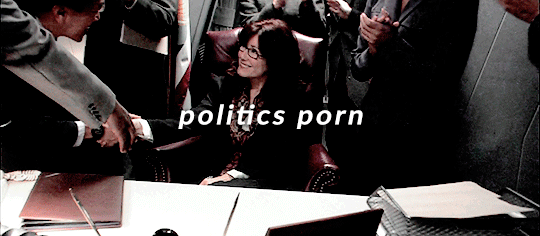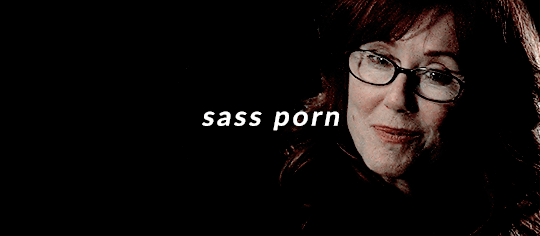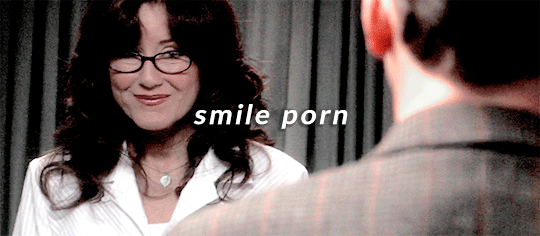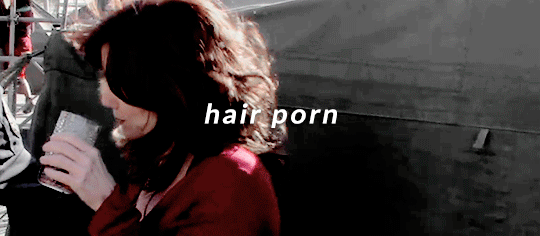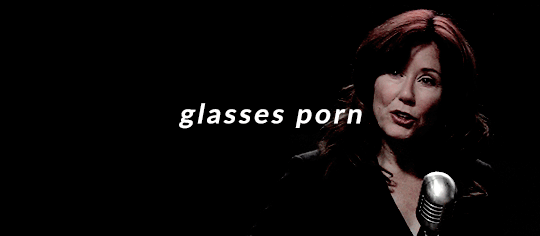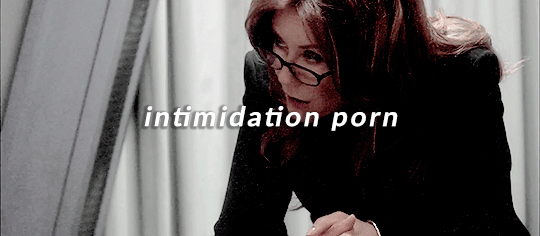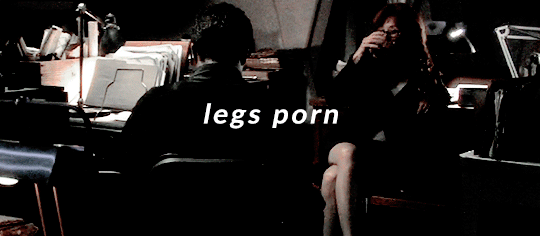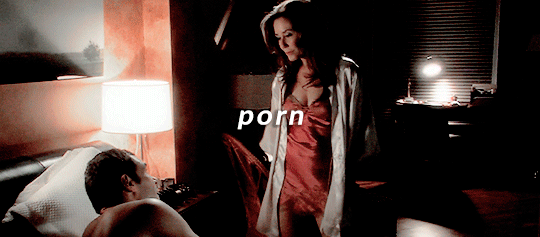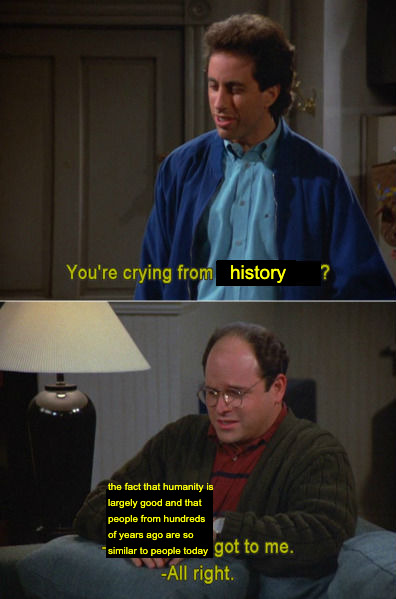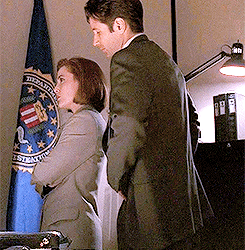Sarah Cath. 22. Here for the badass women. Sharon Raydor, Dana Scully, and Laura Roslin are the most inspiring women on television. Ask me about my love for Mary Frakkin McDonnell.
Don't wanna be here? Send us removal request.
Text
Andy: I can’t sleep, can you tell me a story?
Sharon, sighing: Andy, your a sixty three year old man I’m not telling you a bedtime story
Andy: ...please?
Sharon: no
Andy: pretty please?
Sharon, sighing: ...once upon a time-
44 notes
·
View notes
Text

She dreams of the sun
Lighting study feat. Laura Roslin and her bright red hair
324 notes
·
View notes
Text
Sharon after Rusty always ends up doing exactly what she wanted him to do in the first place:

107 notes
·
View notes
Text










this is the cutest scene ever and now I’m crying
Major Crimes 04x22 “Hindsight (4)”
90 notes
·
View notes
Photo




i will say that if the cylon’s had the option, it’s exactly, exactly, what they would do.
122 notes
·
View notes
Photo
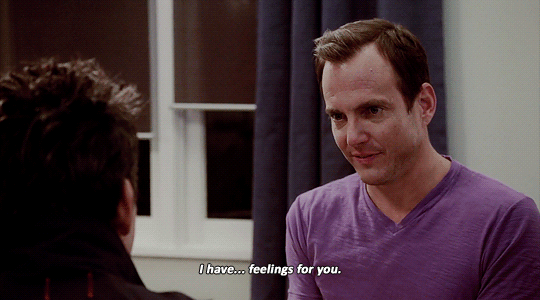
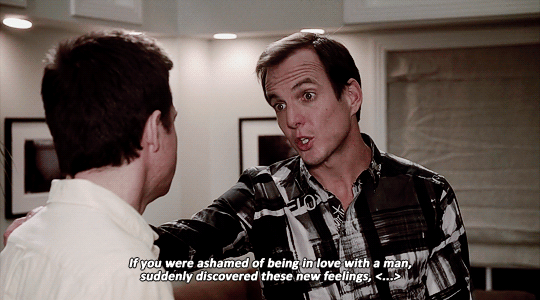
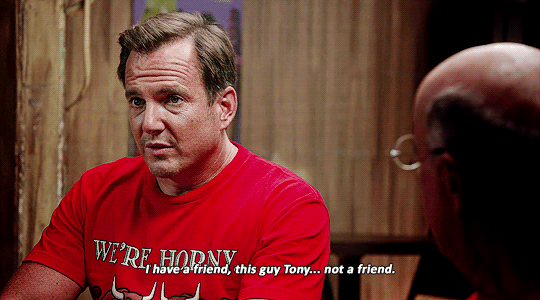

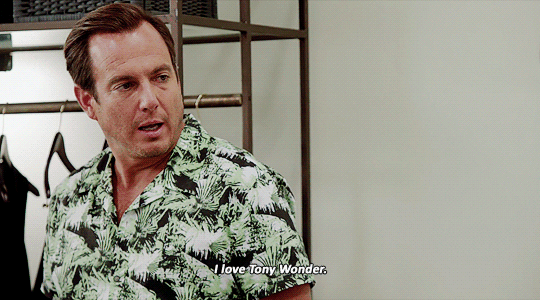
It seems as if the Christian-y fellow is now a gay man, and by the looks of things, he’ll be staying that way.
4K notes
·
View notes
Photo


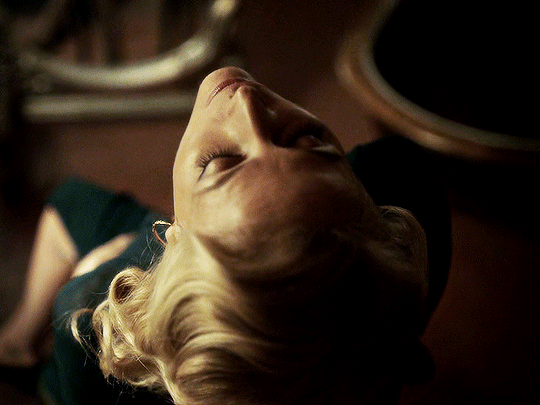

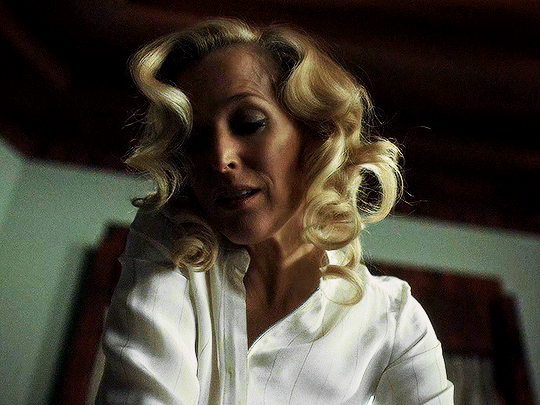

I’m not concerned about me. I know exactly how I will navigate my way out of whatever it is I’ve gotten myself into.
6K notes
·
View notes
Text
One half of my otp: *dies*
Me: it’s funny how you think dying is going to get you out of this ship
22K notes
·
View notes
Photo

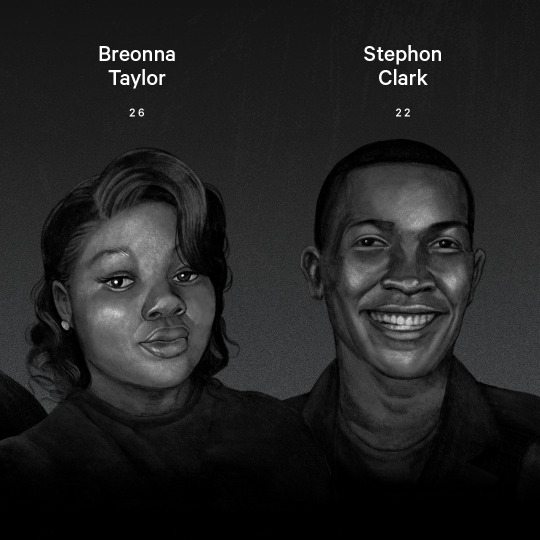
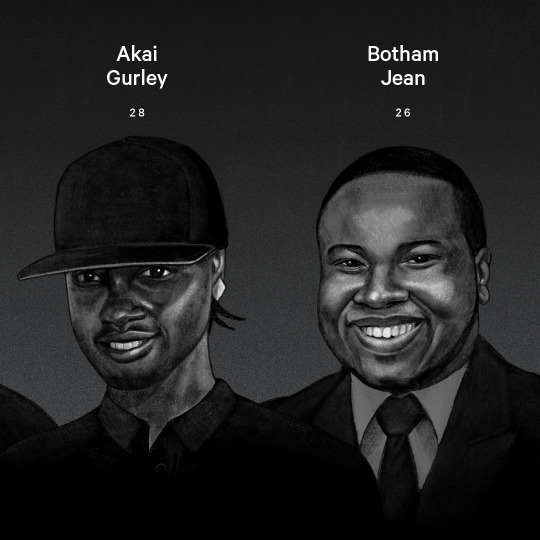
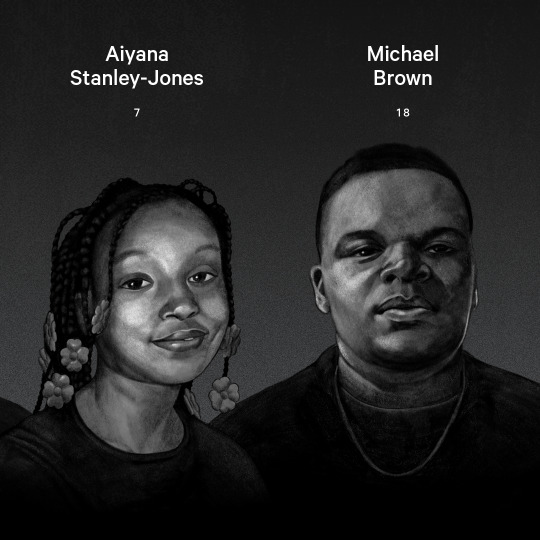

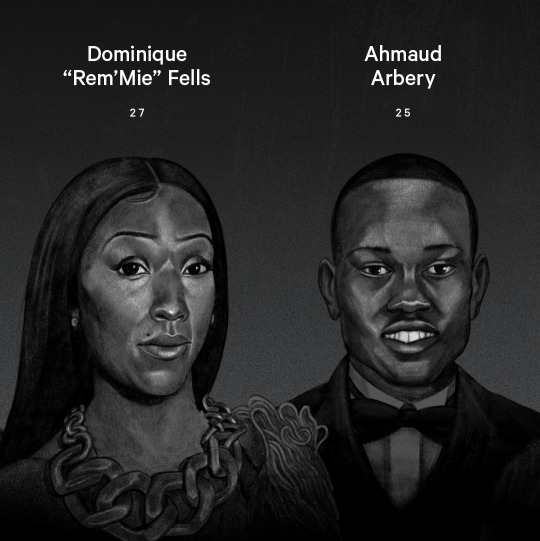
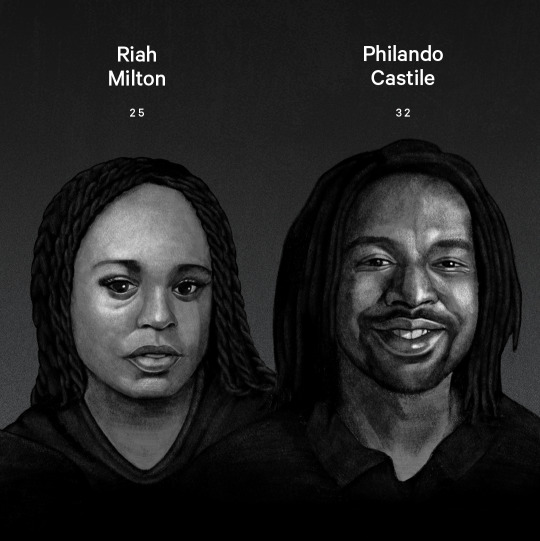
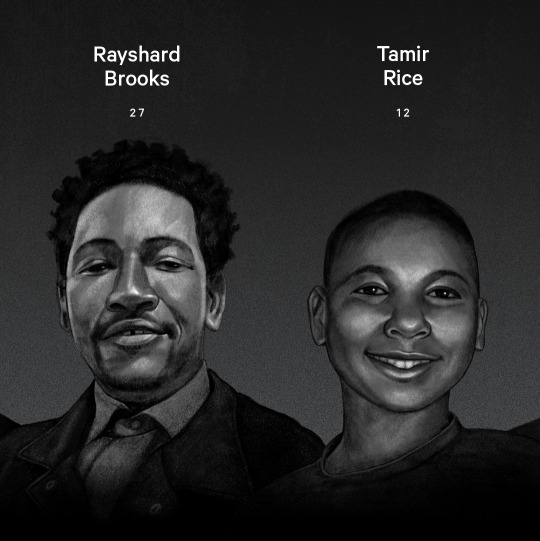



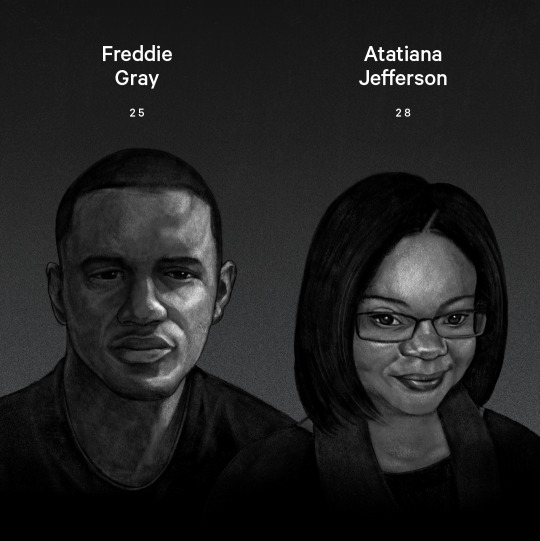
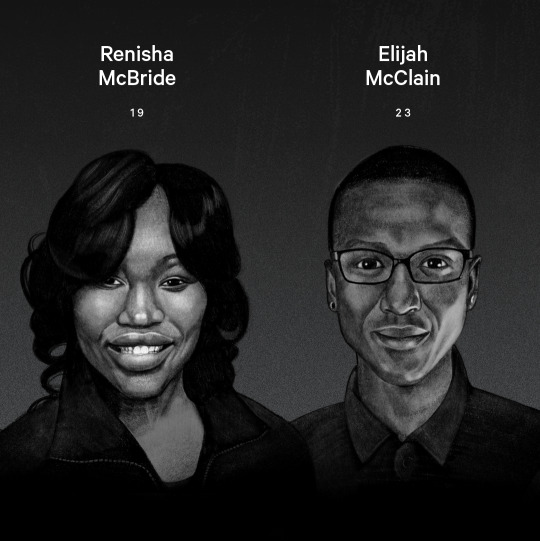
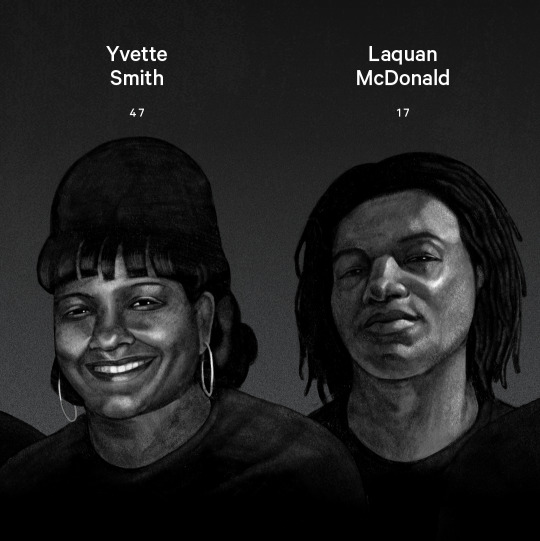

‘Race and racism is a reality that so many of us grow up learning to just deal with. But if we ever hope to move past it, it can’t just be on people of color to deal with it. It’s up to all of us – Black, white, everyone – no matter how well-meaning we think we might be, to do the honest, uncomfortable work of rooting it out. It starts with self-examination and listening to those whose lives are different from our own. It ends with justice, compassion, and empathy that manifests in our lives and on our streets.’ — Michelle Obama
144K notes
·
View notes
Text
The Search for Starless Planets
While it’s familiar to us, our solar system may actually be a bit of an oddball. Our Milky Way galaxy is home to gigantic worlds with teeny-tiny orbits and planets that circle pairs of stars. We’ve even found planets that don’t orbit stars at all! Instead, they drift through the galaxy completely alone (unless they have a moon to keep them company). These lonely island worlds are called rogue planets.

Where do rogue planets come from?
The planet-building process can be pretty messy. Dust and gas around a star clump together to form larger and larger objects, like using a piece of play-dough to pick up other pieces.
Sometimes collisions and close encounters can fling a planet clear out of the gravitational grip of its parent star. Rogue planets may also form out in space on their own, like the way stars grow.

Seeing the invisible
We’ve discovered more than 4,000 exoplanets, but only a handful are rogue planets. That’s because they’re superhard to find! Rogue planets are almost completely invisible to us because they don’t shine like stars and space is inky black. It’s like looking for a black cat in a dark room without a flashlight.
Some planet-finding methods involve watching to see how orbiting planets affect their host star, but that doesn’t work for rogue planets because they’re off by themselves. Rogue planets are usually pretty cold too, so infrared telescopes can’t use their heat vision to spot them either.
So how can we find them? Astronomers use a cool cosmic quirk to detect them by their effect on starlight. When a rogue planet lines up with a more distant star from our vantage point, the planet bends and magnifies light from the star. This phenomenon, called microlensing, looks something like this:

Imagine you have a trampoline, a golf ball, and an invisible bowling ball. If you put the bowling ball on the trampoline, you could see how it made a dent in the fabric even if you couldn’t see the ball directly. And if you rolled the golf ball near it, it would change the golf ball’s path.

A rogue planet affects space the way the bowling ball warps the trampoline. When light from a distant star passes by a rogue planet, it curves around the invisible world (like how it curves around the star in the animation above). If astronomers on Earth were watching the star, they’d notice it briefly brighten. The shape and duration of this brightness spike lets them know a planet is there, even though they can’t see it.

Telescopes on the ground have to look through Earth’s turbulent atmosphere to search for rogue planets. But when our Nancy Grace Roman Space Telescope launches in the mid-2020s, it will give us a much better view of distant stars and rogue planets because it will be located way above Earth’s atmosphere — even higher than the Moon!
Other space telescopes would have to be really lucky to spot these one-in-a-million microlensing signals. But Roman will watch huge patches of the sky for months to catch these fleeting events.

Lessons from cosmic castaways
Scientists have come up with different models to explain how different planetary systems form and change over time, but we still don’t know which ones are right. The models make different predictions about rogue planets, so studying these isolated worlds can help us figure out which models work best.
When Roman spots little microlensing starlight blips, astronomers will be able to get a pretty good idea of the mass of the object that caused the signal from how long the blip lasts. Scientists expect the mission to detect hundreds of rogue planets that are as small as rocky Mars — about half the size of Earth — up to ones as big as gas giants, like Jupiter and Saturn.

By design, Roman is only going to search a small slice of the Milky Way for rogue planets. Scientists have come up with clever ways to use Roman’s future data to estimate how many rogue planets there are in the whole galaxy. This information will help us better understand whether our solar system is pretty normal or a bit of an oddball compared to the rest of our galaxy.
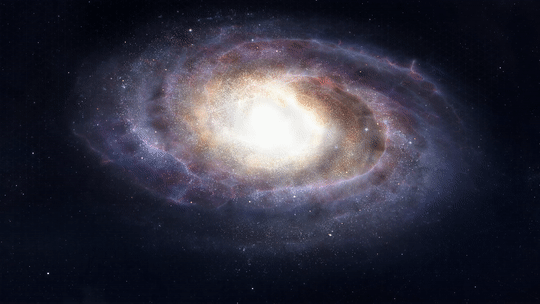
Roman will have such a wide field of view that it will be like going from looking at the cosmos through a peephole to looking through a floor-to-ceiling window. The mission will help us learn about all kinds of other cool things in addition to rogue planets, like dark energy and dark matter, that will help us understand much more about our place in space.
Learn more about the Roman Space Telescope at: https://roman.gsfc.nasa.gov/

Make sure to follow us on Tumblr for your regular dose of space: http://nasa.tumblr.com
4K notes
·
View notes

